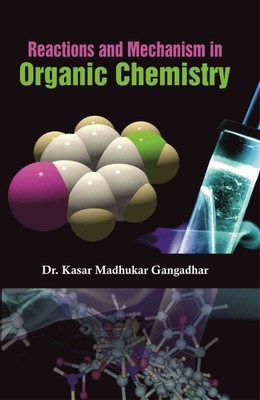Reactions and Mechanism in Organic Chemistry - Reactions and Mechanism in Organic Chemistry(Hardcover, Dr. Kasar Madhukar Gangadhar)
Quick Overview
Product Price Comparison
There is no limit to the number of possible organic reactions and mechanisms. However, certain general patterns are observed that can be used to describe many common or useful reactions. Each reaction has a stepwise reaction mechanism that explains how it happens, although this detailed description of steps is not always clear from a list of reactants alone. Organic reactions can be organized into several basic types. Some reactions fit into more than one category. An addition reaction, in organic chemistry, is in its simplest terms an organic reaction where two or more molecules combine to form a larger one. Addition reactions are limited to chemical compounds that have multiple bonds, such as molecules with carboncarbon double bonds (alkenes), or with triple bonds (alkynes). Detailed understanding of a reaction type helps to predict the product outcome in a reaction. It also is helpful for optimizing a reaction with regard to variables such as temperature and choice of solvent. A rearrangement reaction is a broad class of organic reactions where the carbon skeleton of a molecule is rearranged to give a structural isomer of the original molecule. This book is comprehensive and covers the basic principles in a lucid and concise manner. It presents valuable guidelines to young graduates for all branches of engineering and technology. The book focuses on traditional organic chemistry topics and offers up to date aspects of spectroscopy, relevant photographs, and many applications.


